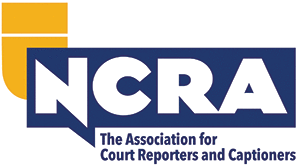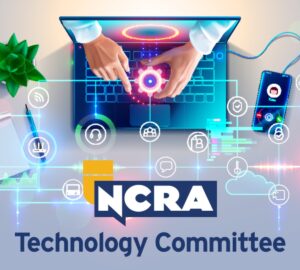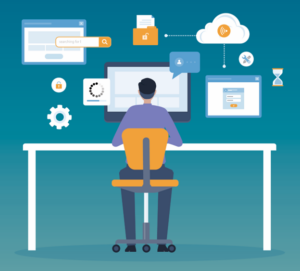Is Microsoft continually peppering you with requests to upgrade to Windows 10? Luring you with free offers? Strong-arming you with automatic downloads? With this article, I hope to help you better decide when switching to Windows 10 is right for you.
Every Windows product has a life cycle that begins when a product is released and ends when it’s no longer supported. According to the Microsoft website, end of support is the date when the company stops providing automatic fixes, updates, or online technical assistance for a product. Windows 7, which was deemed more popular than Windows 8, ended its mainstream (free) support in January 2015. Support for Windows 8.1, if you use that system, is currently set to end Jan. 9, 2018.
Although each operating system has its own life cycle, the computer-buying public seems to have specific opinions about which are really great operating systems and which are not so great, and many computer users will hop over one to get to the other. So it looks like many will hop from Windows 7 to 10, and Windows 10 will be the next major operating system that everyone will be on eventually.
The determining factor of why some operating systems seem to go by the wayside and some stay is due in part to enterprise systems switching to a particular operating system. Enterprise systems are servers, storage, and associated software used by large companies as their IT infrastructure. A company’s operations will run off this system, so switching to an enterprise system is a major undertaking. All or most of the security issues had to have been dealt with, so as not to risk the breakdown of an entire company. Currently, Windows 10 has issues with drive mappings, which will randomly fall off. Mapping is a very important function as it’s the individual mapping of where and how the data will travel from the workhorse computers. This is why there has not been a complete move to Windows 10, as it is not yet good enough for enterprise level.
Microsoft is pulling out all the stops this month before its free upgrade to Windows 10 ends July 29. How do you know whether to accept the update that Microsoft wants to force you into? If your computer was built within two years, you are safe to proceed with the upgrade. The easiest way to find the hardware assembly date is to look up the computer serial number on the manufacturer’s support website.
A computer that is older than two years and upgrades to Windows 10 may miss out on some things, like the biometric reader. To acquire these tools, you may need to download some drivers and even that doesn’t guarantee they will work. Some cameras also may not work correctly. However, for CAT software, email, and some data processing — what reporters typically use their computers for — Windows 10 should be fine.
I believe in always having computers on auto updates, and I set my computer to make updates in the middle of the night, like 3 a.m. If you have a computer older than two years and believe it will be detrimental to upgrade, you can change the auto update settings. Go into Control Panel, then Windows Update, then Change settings, and change the setting from “auto” to “check for updates but let me choose when to install them.”
I would further suggest that if your computer is older than two years that you start looking into buying a new computer. Windows 10 is optimized for use on Intel microprocessors based on the Skylake architecture. These are Intel Core processors that have been manufactured since August 2015. Look for a computer with the Windows 10 operating system if it contains a processor based on the Skylake architecture.
I cannot stress the importance of staying current on software and firmware. I hope that understanding upgrades to operating systems and what to look for will help you make the right decisions for you and prevent any unnecessary hassle or loss of data.
Christine Phipps, RPR, of North Palm Beach, Fla., is co-chair of NCRA’s Technology Committee. She can be reached at christine@phippsreporting.com.








